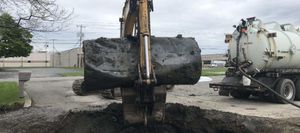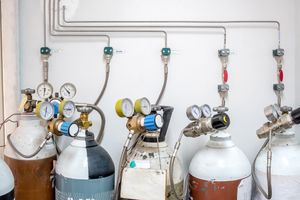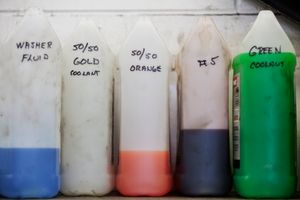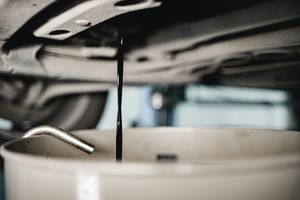Signs of a Heating Oil Tank Leak
This is a info alert
This is a danger alert
This is a success alert
This is a warning alert
This is a dark alert
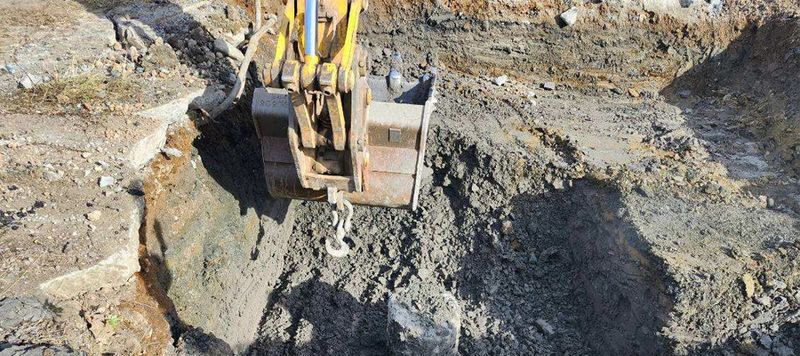
Introduction
Heating oil tank leaks can be subtle—but the damage they cause isn’t. Leaking tanks pose serious environmental and financial risks, especially if left unchecked. Whether your tank is aboveground or buried, knowing the early signs of a problem can help you act quickly and avoid costly remediation. Here's what to watch for.
🚨 7 Warning Signs Your Oil Tank Might Be Leaking
Strong Fuel Odor
A persistent smell of heating oil around the tank or in your basement is a major red flag.
Dead or Discolored Vegetation
For underground tanks, dead grass or plants above the tank may signal a slow leak contaminating the soil.
Oil Stains on the Ground or Floor
Look for dark, oily spots around the tank base, fuel lines, or fill pipe area.
Increased Fuel Consumption
If your heating system is using more fuel without a corresponding change in usage, you might be losing oil through a leak.
Rust, Corrosion, or Wet Spots on Tank
Surface rust, bulging seams, or sweating on the tank exterior may be early signs of structural failure.
Water in the Tank
Condensation or water intrusion can accelerate rust and lead to tank breaches—inspect regularly for signs of moisture.
Soil or Water Contamination Nearby
In some cases, groundwater or well testing may reveal contamination from leaking fuel.
🛑 Why Leaks Must Be Taken Seriously
Leaks can contaminate soil and groundwater.
Homeowners may be liable for cleanup costs.
NYSDEC may require environmental remediation and reporting.
Undisclosed leaks can delay or derail home sales.
✅ What to Do If You Suspect a Leak
Stop using the tank immediately.
Call a licensed tank removal specialist for inspection.
Contact your local environmental agency if contamination is suspected.
Begin planning for removal and soil testing.
